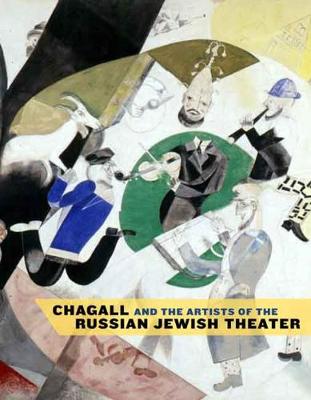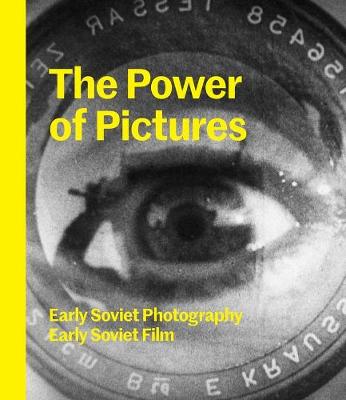The Jewish Museum New York CoPublication series (YUP)
2 total works
Chagall and the Artists of the Russian Jewish Theater
by Susan Tumarkin Goodman, Zvi Gitelman, Vladislav Ivanov, Jeffrey Veidlinger, and Benjamin Harshav
A journey into a time of astounding innovation on the stage
Shortly after the Bolshevik Revolution, Soviet Jewish theaters became catalysts for modernist experimentation. Working with avant-garde playwrights, actors, and producers in a new political environment, artists such as Marc Chagall, Natan Altman, Robert Falk, and Aleksandr Tyshler combined Russian folk art with elements of Cubo-Futurism and Constructivism into a bold new style. This collaboration gave rise to extraordinary productions with highly original stage designs that redefined the concept of theater itself.
From the Jewish mythical and folkloric plays produced at Habima to the daring, expressionistic Yiddish dramas presented at the Moscow State Yiddish Theater (GOSET), this beautifully illustrated book chronicles the flourishing of Soviet Jewish theater in the 1920s and 1930s. Spanning such topics as Jewish culture and history in the Soviet Union, the volume includes stunning reproductions of Chagall’s celebrated theater murals; fascinating archival materials such as posters, prints, and playbills; designs for costumes and sets; and many other breathtaking works.
Published in association with The Jewish Museum, New York
Exhibition Schedule:
The Jewish Museum, New York (November 9, 2008 – March 22, 2009)
Contemporary Jewish Museum, San Francisco (April 25 – September 7, 2009)
Finalist for a 2015 National Jewish Book Award in the Visual Arts category
Following the 1917 Russian Revolution, photography, film, and posters played an essential role in the campaign to disseminate modernity and Communist ideology. From early experimental works by Alexander Rodchenko and El Lissitzky to the modernist photojournalism of Arkady Shaikhet and Max Penson, Soviet photographers were not only in the vanguard of style and technological innovation but also radical in their integration of art and politics. Filmmakers such as Dziga Vertov, Sergei Eisenstein, and Esfir Shub pioneered cinematic techniques for works intended to mobilize viewers.
Covering the period from the Revolution to the beginning of World War II, The Power of Pictures considers Soviet avant-garde photography and film in the context of political history and culture. Three essays trace this generation of artists, their experiments with new media, and their pursuit of a new political order. A wealth of stunning photographs, film stills, and film posters, as well as magazine and book designs, demonstrate that their output encompassed a spectacular range of style, content, and perspective, and an extraordinary sense of the power of the photograph to change the world.
Published in association with the Jewish Museum, New York
Exhibition Schedule:
Jewish Museum, New York
(09/25/15–02/02/16)
Frist Center for the Visual Arts, Nashville
(03/11/16–07/04/16)
Joods Historisch Museum, Amsterdam
(07/24/16–11/27/16)

